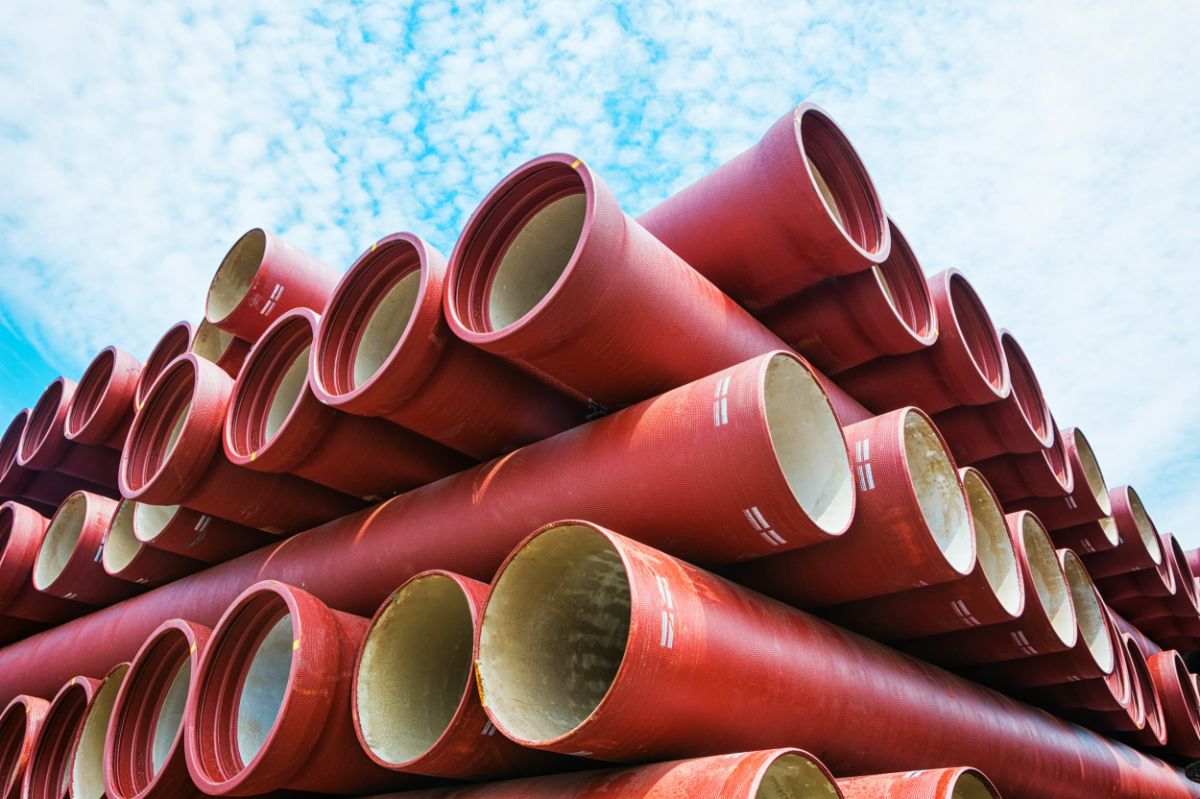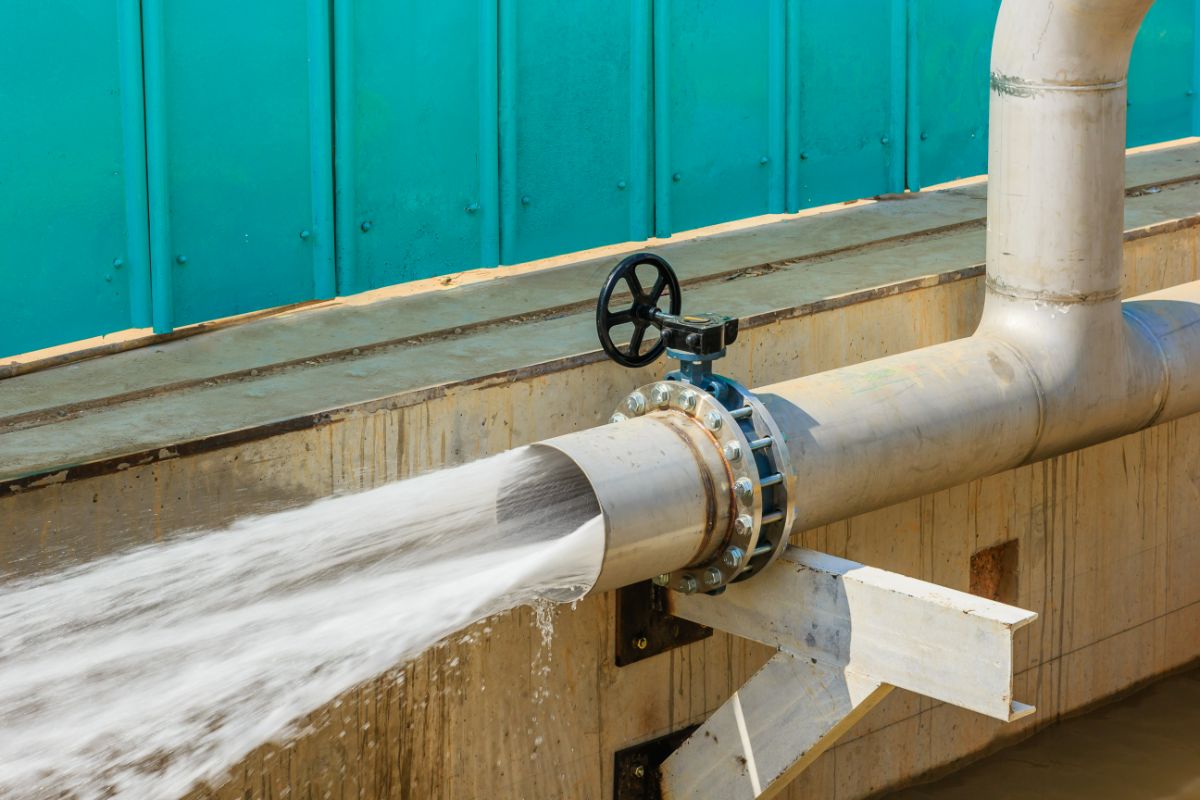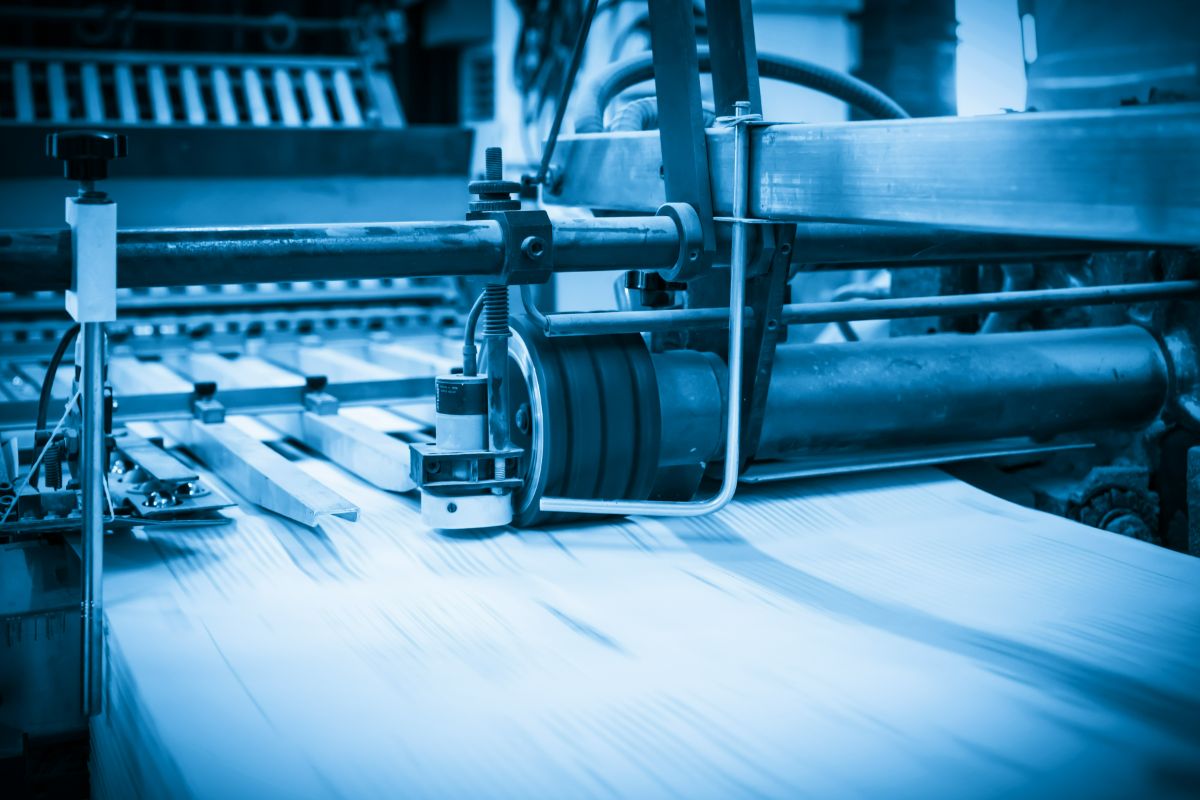
7 Types of Pipe Testing Methods
What are the types of pipe testing methods?
- Hydrostatic testing
- Pneumatic testing
- Ultrasonic testing
- Magnetic particle testing
- Radiographic testing
- Visual inspection
- Leak testing
Overview
- This article offers a comprehensive overview of various pipe testing methods used in engineering and construction.
- These testing methods include hydrostatic testing, pneumatic testing, ultrasonic testing, magnetic particle testing, radiographic testing, visual inspection, and leak testing.
- It also highlights how these methods contribute to safety, operational standards, and quality assurance in piping systems.
Pipe testing methods are integral components of quality assurance in engineering and construction. These systematic evaluations detect potential issues within piping systems, ranging from leaks to structural weaknesses.
This article concentrates on the various types of pipe testing methods. By the end, we aim to offer insights about the methods utilized for rigorous assessments, safety, and operational standards.
Hydrostatic Testing

Hydrostatic testing is critical to assessing a pipe’s structural integrity and identifying potential leaks. During this testing, the pipe is filled with water and pressurized to a higher than the expected operating pressure.
This process allows inspectors to detect weaknesses, leaks, or deformities in the pipe by observing how it responds to the applied pressure. It also ensures the pipe can withstand pressure and fluid flow without compromising its integrity.
Learn about pipe distinction here: What is the Difference between Black Irons Pipes and Galvanized Pipes?
Pneumatic Testing
Like hydrostatic testing, pneumatic testing evaluates the structural soundness of a pipe but uses air instead of water. This method is beneficial for situations where using water is impractical, such as in pipes designed for gas transportation.
It involves pressurizing the pipe with air to levels above its expected operating pressure. Inspectors monitor the system for any pressure drops, which could indicate leaks or weaknesses. This method ensures the pipe’s ability to contain and transport gases safely.
Read more about water pipes: What are the Best Ways to Detect and Fix Water Pipe Leaks?
Ultrasonic Testing
Ultrasonic testing is employed to identify flaws or inconsistencies within the material of the pipe. This method is highly effective for assessing the internal condition of the pipe without causing damage.
In ultrasonic testing, high-frequency sound waves are directed into the pipe material. These waves travel through the material, and any changes or disruptions in the path of the waves are detected. Variations in the sound waves can indicate structural issues, allowing inspectors to pinpoint potential problem areas.
Magnetic Particle Testing

Magnetic particle testing is focused on detecting surface and near-surface flaws, especially in ferrous materials. During magnetic particle testing, magnetic fields are applied to the surface of the pipe, and iron particles are introduced.
This method is crucial for identifying defects that could compromise the pipe’s structural integrity. Any irregularities or defects in the material cause the iron particles to gather at these points, making the flaws visible and easily detectable.
Learn how to check your pipes: How Do You Inspect Pipes?
Radiographic Testing
Radiographic testing reveals internal flaws or irregularities within the pipe, ensuring its structural soundness.
This method utilizes X-rays or gamma rays to penetrate the pipe material. The resulting image, similar to a medical X-ray, allows inspectors to visualize the internal condition of the pipe. Furthermore, this is particularly useful for identifying issues such as cracks, voids, or other internal defects.
Visual Inspection
Visual inspection involves a comprehensive examination of external and internal surfaces to identify visible defects in the pipe.
Trained inspectors conduct a thorough visual examination to detect anomalies, such as corrosion, dents, bends, or any irregularities that may compromise the pipe’s integrity. Visual inspection is fundamental and often the first step in the assessment process, providing valuable insights into the overall condition of the pipe.
Leak Testing
Leak testing is designed to identify and locate leaks in a pipe, ensuring the system remains fluid-tight.
During this testing, the pipe is pressurized, and inspectors monitor pressure changes or employ specialized equipment to detect any escaping fluids. This method is crucial for confirming the tightness of joints, welds, and connections, preventing potential leaks that could lead to operational or environmental hazards.
Key Takeaway
Understanding the different types of pipe testing methods is essential for ensuring pipelines’ integrity, safety, and reliability in various industries. Selecting the appropriate testing method depends on factors such as the type of material, the pipe’s purpose, and the industry’s specific requirements.
Whether in construction, manufacturing, or energy sectors, a well-informed approach to pipe testing is integral to maintaining infrastructure reliability and safety.
Supreme Pipe Corp. is a supplier of top-tier steel products used for various sectors located in the Philippines. Call us today to incorporate quality steel products into any construction project!


